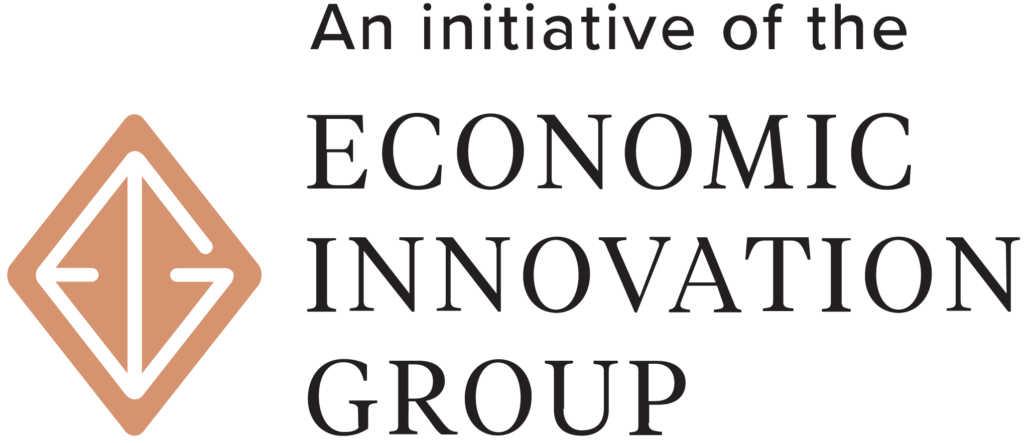The 401(k) structure has three clear and obvious flaws. First, it is not universal. Thirty-three percent of American workers lack access to 401(k) plans, or their equivalent. Second, the accounts are not portable. That’s a severe flaw, given that from ages 18 to 54, American workers on average have 12 different employers. Third, many 401(k) plans require participant action. That does not sound like much of an impediment, but people often freeze when asked to make investment decisions.
In addition, there is a fourth, less-discussed problem: inefficiency. With the exception of businesses that participate in multiple employer plans, each 401(k) sponsor must construct its own plan rather than use another’s. Given that the United States contains 600,000 401(k) plans, this makes for a great deal of duplicated effort—requests for proposals, hearings, and documentation.




